The carbon footprints of Oikia products have been calculated using Biocode’s product-specific carbon footprint calculator. The calculation methods are based on ISO standards for life cycle assessment and carbon footprint calculation, GHG Protocol guidelines, IPCC reports, and generally applied life cycle assessment calculation methods. The calculation takes into account greenhouse gases (carbon dioxide, methane, and nitrous oxide) and expresses their impact in carbon dioxide equivalents. The calculation considers emissions throughout the product’s lifecycle from cradle to factory gate.
In practice, the calculation includes emissions from raw material production, transportation of raw materials, processing of products into final products, and emissions from packaging materials. The current figures on the packaging are based on 2021 production data.
The majority of the carbon footprint of Oikia products comes from raw material emissions during their initial production, averaging 52%. Packaging materials contribute an average of 28% of emissions, and our own production accounts for an average of 18%. Transportation of raw materials and packaging materials to the factory contributes only a small amount, averaging 2% of total emissions.


